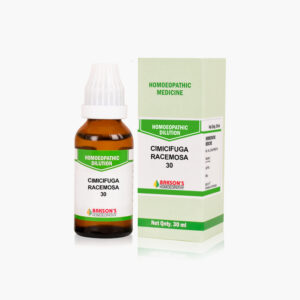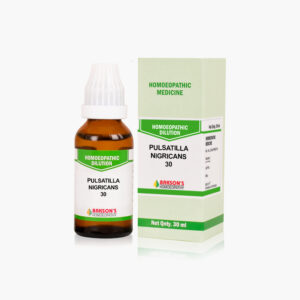What is Premenstrual Syndrome?
Premenstrual syndrome (PMS) encompasses clinically significant somatic and psychological manifestations during the luteal phase of the menstrual cycle, leading to substantial distress and impairment in functional capacity.
The symptoms of PMS disappear within a few days of the onset of menstruation. About 80% to 90% of women manifest at least one of signs of PMS and in about 3% of women, the syndrome might affect their daily activities and social communications. This type of PMS is known as Premenstrual dysmorphic disorder (PMDD).
Causes
PMS occurs as a result of hormonal fluctuations in the menstrual cycle mainly due to oestrogen surplus and progesterone deficiency as proposed. Oestrogen levels vary during the luteal phase of the menses which might be responsible for the mood changes in females. Certain lifestyle practices have a significant association with PMS.
Sign and symptoms
The duration of symptoms ranges from a few days to 2 weeks. They worsen usually a week before and reach their peak almost two days before the menses. These symptoms include weight gain, anxiety, irritability, fatigue, back pain, headache and anger with mood swings. The appetite is also affected.
Diagnosis
Variety of other physical and psychiatric disorders need to be excluded to establish the diagnosis of PMS. The three main points required for the confirmation of the occurrence of PMS are-
- The symptoms must be consistent with PMS
- The symptoms should occur consistently only during the luteal phase of the menstrual cycle
- The symptoms must have a negative impact on the patient’s function and lifestyle
General management
Combination of pharmacotherapies with general management measures like cognitive behavioural therapies, exercises, massage therapy, dietary and nutritional modifications is beneficial for the treatment of premenstrual symptoms.
Warning: Above information provided is an overview of the disease, we strongly recommend a doctor’s consultation to prevent further advancement of disease and/or development of complications.
Disclaimer: The information provided herein on request, is not to be taken as a replacement for medical advice or diagnosis or treatment of any medical condition. DO NOT SELF MEDICATE. PLEASE CONSULT YOUR PHYSICIAN FOR PROPER DIAGNOSIS AND PRESCRIPTION.



 Login
Login








